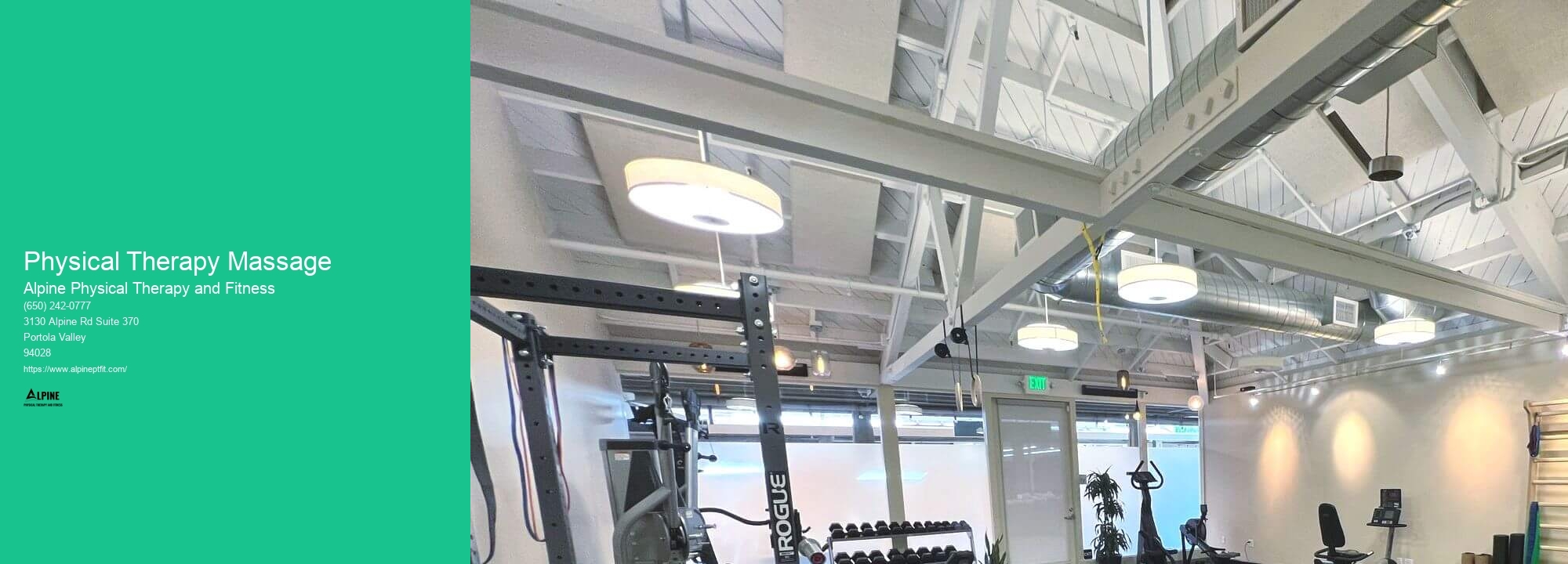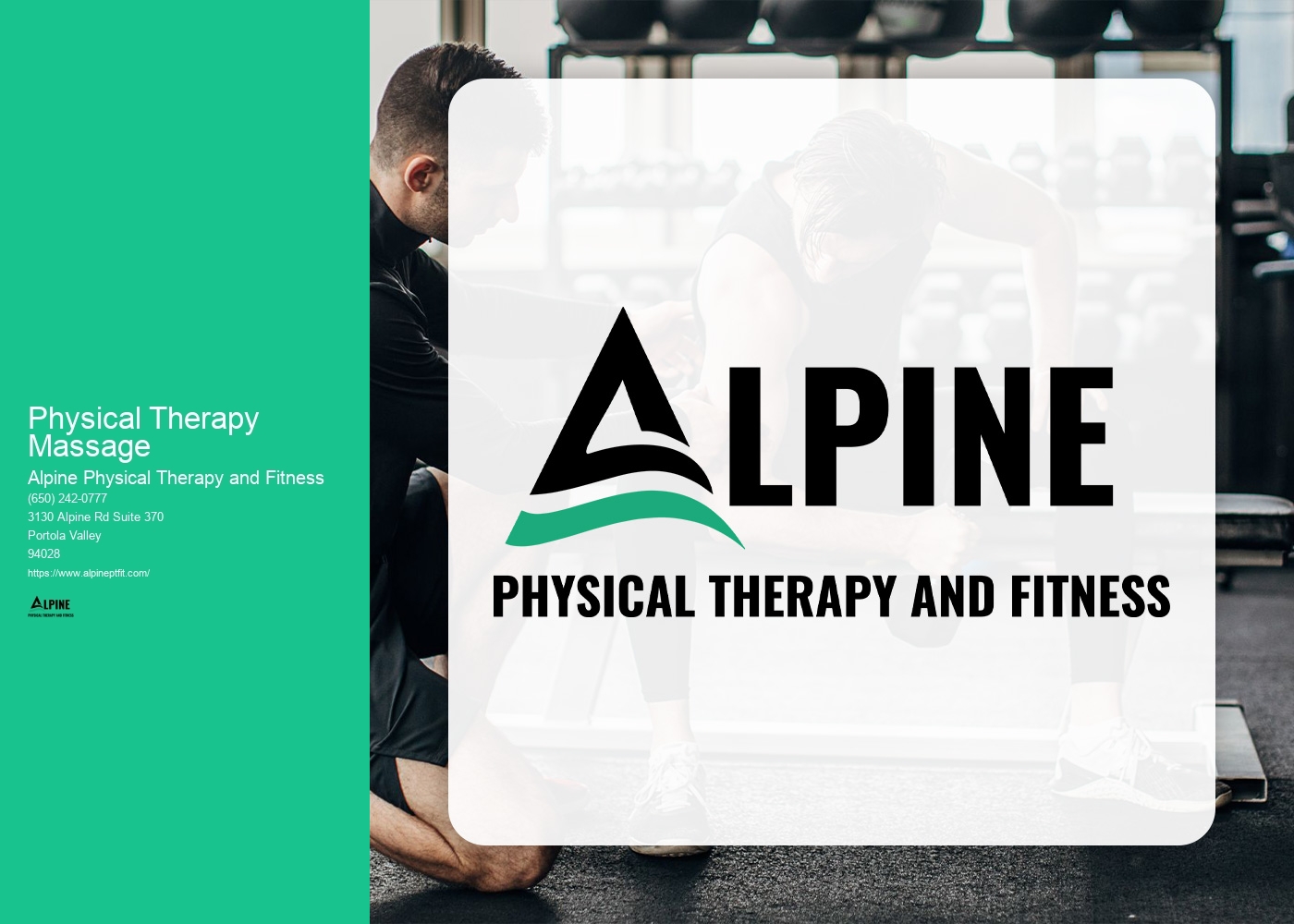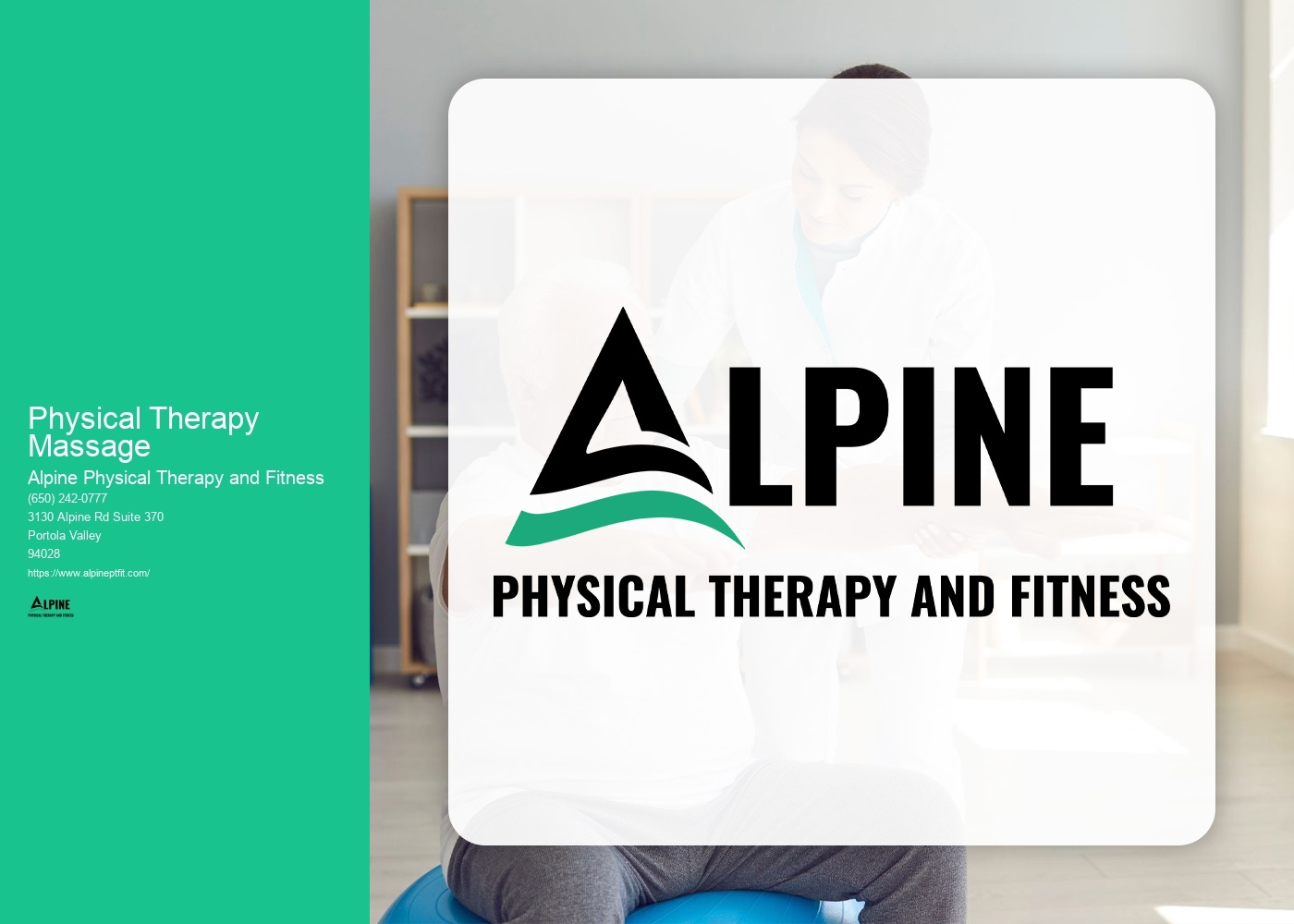

Physical therapy massage is a specialized form of massage therapy that is performed by licensed physical therapists. It involves the manipulation of soft tissues, such as muscles, tendons, and ligaments, to promote healing, reduce pain, and improve mobility. Physical therapy massage is often used as part of a comprehensive treatment plan for individuals recovering from injuries, surgeries, or chronic conditions.
Physical therapy massage differs from regular massage in several ways. Firstly, it is performed by physical therapists who have undergone extensive training in anatomy, physiology, and rehabilitation techniques. This allows them to tailor the massage to the specific needs of the individual and address any underlying musculoskeletal issues. Additionally, physical therapy massage is often integrated with other therapeutic exercises and modalities to optimize the overall treatment outcome.
Physical therapy massage can help with a wide range of conditions and injuries. It is commonly used to treat musculoskeletal disorders such as back pain, neck pain, and joint stiffness. It can also be beneficial for individuals recovering from orthopedic surgeries, sports injuries, or accidents. Physical therapy massage can help reduce inflammation, improve circulation, increase flexibility, and alleviate muscle tension, leading to improved function and pain relief.

While physical therapy massage is generally safe, there are some risks and potential side effects to be aware of. In rare cases, individuals may experience temporary soreness, bruising, or increased pain following a session. It is important to communicate any discomfort or concerns to the physical therapist during the session to ensure adjustments can be made. Additionally, individuals with certain medical conditions, such as deep vein thrombosis or open wounds, may need to avoid or modify the massage techniques used.
The duration of a physical therapy massage session can vary depending on the individual's needs and treatment goals. Typically, a session lasts between 30 minutes to one hour. The physical therapist will assess the individual's condition and develop a treatment plan that includes the appropriate duration and frequency of massage sessions.

The number of physical therapy massage sessions recommended will depend on the individual's specific condition and response to treatment. Some individuals may experience significant improvement after just a few sessions, while others may require ongoing treatment over a longer period of time. The physical therapist will regularly evaluate the progress and adjust the treatment plan accordingly.
Whether or not physical therapy massage is covered by insurance depends on the individual's insurance plan and the specific circumstances. Some insurance plans may cover physical therapy services, including massage, if it is deemed medically necessary and prescribed by a healthcare provider. It is important to check with the insurance provider to determine coverage and any potential limitations or requirements, such as pre-authorization or a referral from a physician.

Physical therapy plays a crucial role in managing intervertebral disc herniation. Through a combination of targeted exercises, manual therapy techniques, and patient education, physical therapists aim to alleviate pain, improve mobility, and enhance overall function. Specific exercises may include core strengthening, stretching, and postural correction, which help to stabilize the spine and reduce pressure on the affected disc. Manual therapy techniques, such as spinal mobilization and traction, can also be employed to relieve pain and restore proper alignment. Additionally, physical therapists provide education on proper body mechanics and ergonomics to prevent further injury and promote long-term spinal health. By addressing the underlying causes and symptoms of intervertebral disc herniation, physical therapy can significantly contribute to the management and recovery of this condition.
Cardiac rehabilitation is a comprehensive program designed to help heart patients recover and improve their overall cardiovascular health. It involves a combination of exercise training, education, and counseling to address the physical, emotional, and lifestyle aspects of heart disease. The program is typically tailored to the individual's specific needs and may include aerobic exercises, strength training, and flexibility exercises. Additionally, patients receive education on heart-healthy nutrition, stress management, and medication management. The benefits of cardiac rehabilitation are numerous. It helps improve cardiovascular fitness, reduces the risk of future heart problems, and enhances overall quality of life. It also helps patients manage their symptoms, such as chest pain and shortness of breath, and reduces the need for hospitalization. Furthermore, cardiac rehabilitation provides emotional support and helps patients cope with the psychological impact of heart disease. Overall, it plays a crucial role in the recovery and long-term management of heart patients, promoting a healthier and more active lifestyle.
Individuals with vulvodynia may benefit from a combination of exercises that focus on pelvic floor muscle relaxation, stretching, and strengthening. Pelvic floor relaxation exercises, such as diaphragmatic breathing and progressive muscle relaxation, can help reduce muscle tension and improve blood flow to the pelvic region. Stretching exercises, such as gentle yoga poses or pelvic floor stretches, can help increase flexibility and relieve tightness in the pelvic floor muscles. Strengthening exercises, such as Kegels or pelvic floor muscle contractions, can help improve muscle tone and support the pelvic organs. It is important for individuals with vulvodynia to consult with a healthcare professional or pelvic floor physical therapist to develop a personalized exercise plan that takes into account their specific symptoms and needs.
Physical therapy can be an effective treatment option for alleviating pain associated with osteoporosis. Osteoporosis is a condition characterized by a decrease in bone density, which can lead to increased fragility and susceptibility to fractures. Physical therapy interventions, such as exercises targeting strength, balance, and posture, can help improve bone health and reduce pain. Additionally, physical therapists may use modalities such as heat or cold therapy, electrical stimulation, or manual therapy techniques to further alleviate pain and improve function. By addressing the underlying causes of pain and promoting bone health, physical therapy can play a crucial role in managing pain associated with osteoporosis.
Physical therapy plays a crucial role in the management of peripheral neuropathy. By utilizing a combination of targeted exercises, manual therapy techniques, and specialized equipment, physical therapists can help individuals with peripheral neuropathy improve their strength, balance, and coordination. These exercises and techniques focus on improving blood flow, reducing pain, and increasing nerve function. Additionally, physical therapists can provide education on proper body mechanics and ergonomics to minimize further nerve damage. By addressing the underlying causes of peripheral neuropathy and providing personalized treatment plans, physical therapy can significantly improve the quality of life for individuals living with this condition.
The approach to treating individuals with hip impingement syndrome involves a comprehensive and multidisciplinary approach. The primary goal of treatment is to reduce pain, improve function, and prevent further damage to the hip joint. Non-surgical interventions such as physical therapy, activity modification, and anti-inflammatory medications are often the first line of treatment. Physical therapy focuses on strengthening the hip muscles, improving range of motion, and correcting any biomechanical abnormalities. In some cases, corticosteroid injections may be used to provide temporary pain relief. If conservative measures fail to alleviate symptoms, surgical intervention may be considered. Surgical options include arthroscopic procedures to remove or repair damaged tissue, as well as hip resurfacing or total hip replacement in severe cases. The choice of treatment depends on the severity of the impingement, the individual's age and activity level, and their overall health. A personalized treatment plan should be developed in collaboration with a team of healthcare professionals, including orthopedic surgeons, physical therapists, and pain management specialists, to ensure the best possible outcome for the individual.